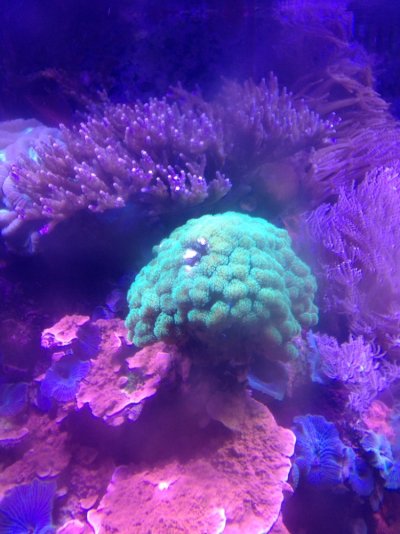Gregcoyote
Aquarium Advice Addict
Yes, I decided to try the reactor Carey recommended. So far it's a churning little beast. I like how GFO targets phosphate. That's what I want to lower a bit. My nitrates are at zero, so pulling more phosphate out thru biological process's are pretty well at saturation. Still have a tiny bit of phosphate I want to get rid of and GFO works well for that if I can overcome the clumping issue. I have grown suspicious of Phosguard. Don't know why, but I have read some reports that question it's safety over tried and true GFO. But then I am rarely happy with not testing theories, so there you go.
Phosphate went up only 4/100ppm so I think the effect hasn't settled in yet, it does have 500+ gallons to deal with. If it still isn't trending down by the weekend I will be concerned.
Phosphate went up only 4/100ppm so I think the effect hasn't settled in yet, it does have 500+ gallons to deal with. If it still isn't trending down by the weekend I will be concerned.

